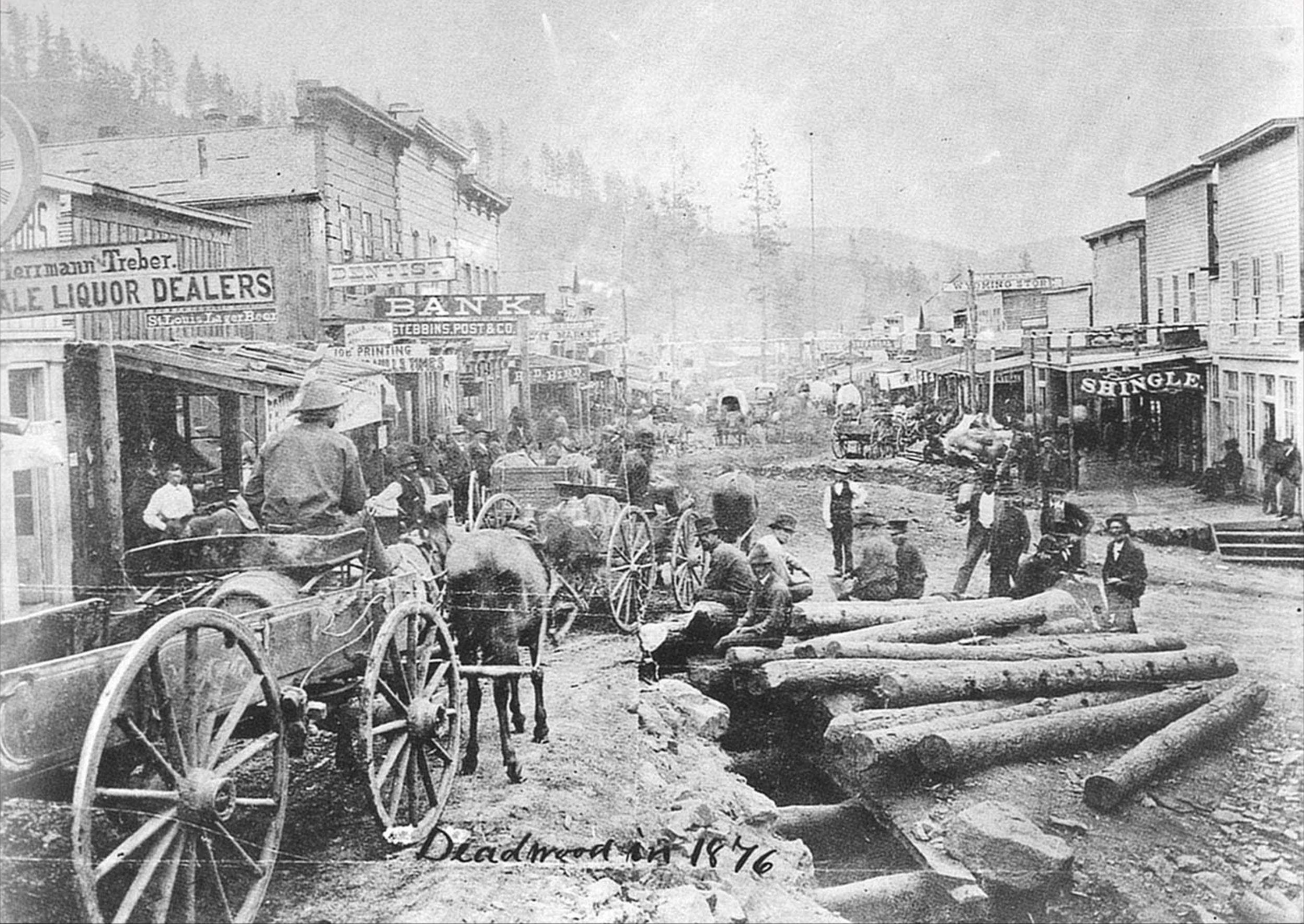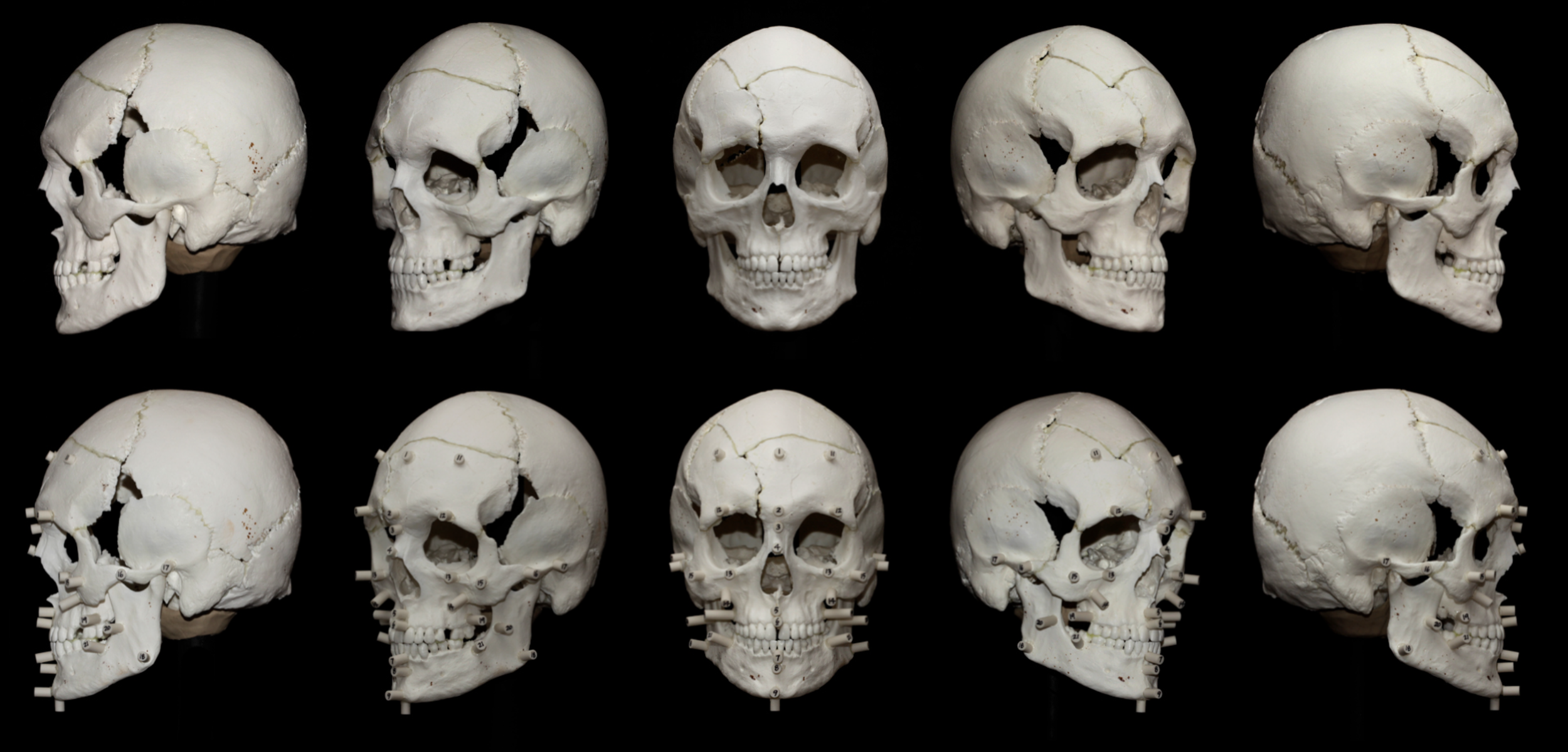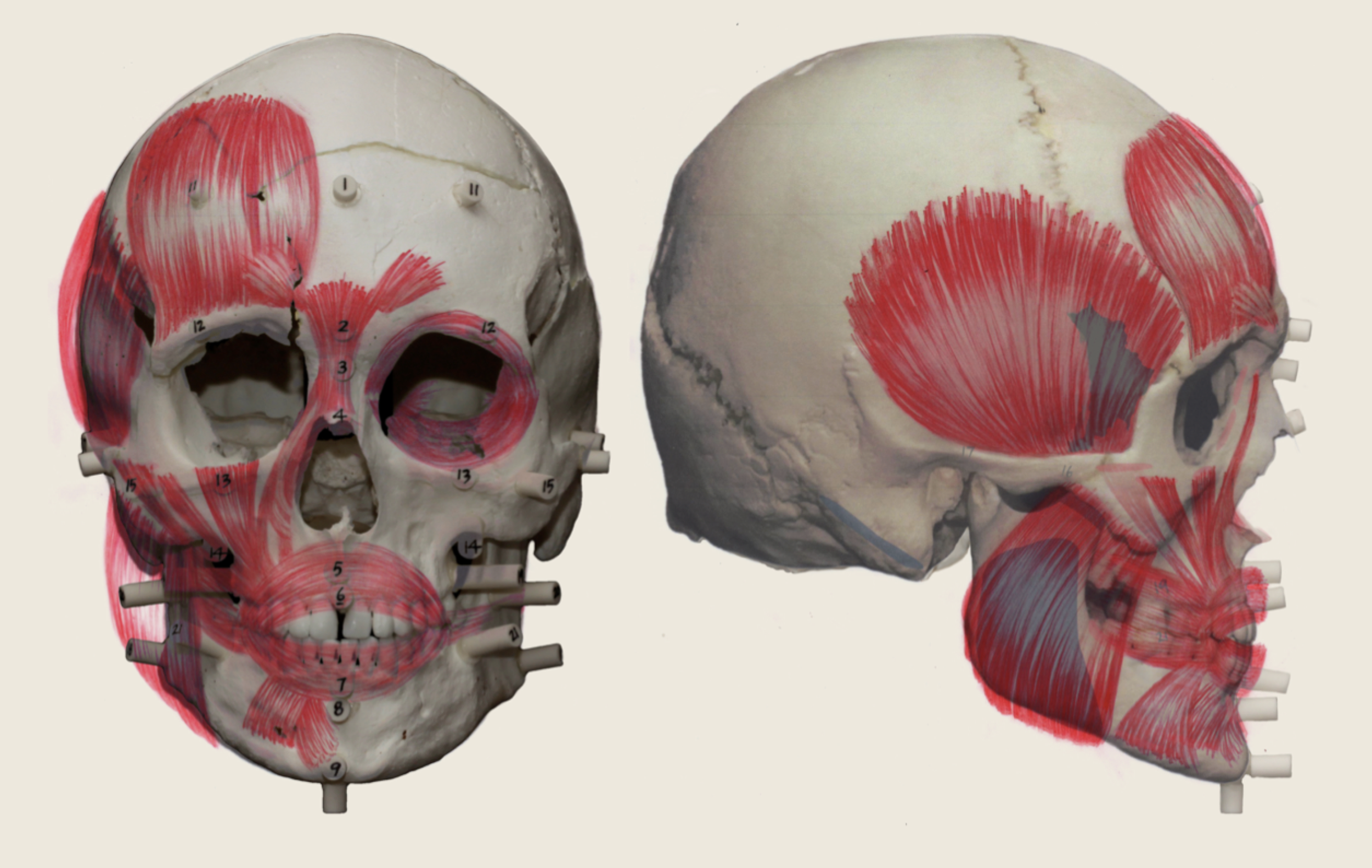Historical Reconstruction - Deadwood Pioneer
For the City of Deadwood, South Dakota - Historical Preservation Commission
Members of the Deadwood Historical Society approached me with a request to develop a skull-to-face reconstruction based on a skull recovered in March of 2012 in their city. South Dakota State Archaeologist Katherine Lamie supervised the recovery and determined that the historic burial would have been part of Deadwood's first cemetery, with an interment between 1876 and 1878. I was privileged to be one of a series of specialists who examined and analyzed the remains of this young Deadwood Pioneer. Our findings were combined to suggest a profile of this individual in hopes of laying a groundwork for his potential future identification. A special documentary entitled "Deadwood Pioneer" was created by Chad Anderson at South Dakota Public Broadcasting, which is available for viewing on YouTube at the link below.
This 1876 photo of the City of Deadwood gives a sense of the bustling activity in this early Black Hills city in the Dakota Territory. Note the "Dentist" sign at the left side of the street.
Forensic anthropologist, Dr. Diane France in Colorado worked to carefully reassemble the fragile original skull. She then made an excellent detailed resin copy of the skull which was sent to me for use in developing the reconstructed face. In her report, Dr. France found that this was the skull of a male of European ancestry (Caucasian), with an age at death of late teens to early twenties. In this photo, I have added tissue depth approximation markers to various landmark locations on the skull. It was then photographed frontally and laterally in the Frankfort Horizontal. Photo courtesy of Lisa Sheppard, Dreamfly Creations.
Working on the skull of the Deadwood Pioneer
The Deadwood Pioneer skull is shown in various views both with and without tissue depth markers. Photo courtesy of Lisa Sheppard, Dreamfly Creations.
As part of my assessment of the skull, I did an anatomical study of the visible muscle indications on the bone to help get a better sense of the probable facial morphology. This is an in-process image of my frontal and lateral muscle study.
In conjunction with the muscle study, I used a forensic art technique I developed in the mid-1980s for 2-dimensional facial reconstruction. This meant that my facial drawings would merge aspects of an anatomical approach with the tissue depth approach to best represent his face. The investigative-related method of 2-dimensional facial reconstruction is one that I have used countless times to help police identify victims of homicide. I also taught this forensic art technique for over twenty years at the FBI Academy in Quantico, Virginia and continue to teach it in workshops at the Forensic Anthropology Center at Texas State University (FACTS).
Lateral anatomical study of the face
Layout courtesy of Lisa Sheppard, Dreamfly Creations
In addition to the anthropological assessment by Dr. France, multiple other examinations were conducted and inputs received. Kevin Kuchenbecker and Michael Runge of the Office of Historical Preservation provided fascinating insights about the Mount Moriah Cemetery in Deadwood. This early "boot hill" cemetery is well known as the final resting place for Wild Bill Hickok (left) and "Calamity Jane" (right).
Contained within the burial site were a few clothing fragments and numerous buttons of varying sizes and materials. These were photographed and carefully described in a report by archaeologist Katherine Lamie, M.A. In-depth dental analysis was provided by Georgia forensic odontologists Dr. Thomas J. David and Dr. Adam J. Freeman. Of particular interest was the fact that this young man had multiple high quality dental restorations, unusual for the time period. He had work done in gold, probably at a younger age...and also lower quality metal work, done nearer the time of his death. A total of ten teeth had restorations. He also had a condition known as florosis or "Colorado brown stain" from his youth and evidence of the use of tobacco nearer the time of death. Dr. Eric Bartelink of the California State University, Human Identification Laboratory at Chico provided stable isotope analysis on the remains. This provided insights into his diet in life as well as the general location of the region in which he lived prior to coming to Deadwood. DNA Analyst/Forensic Geneticist Dr. Angie Ambers of the University of Texas Health Science Center conducted additional detailed DNA tests. Of notable significance to me were her findings that our Deadwood Pioneer likely had light red hair and brown eyes.
Combining details gained from all of the various team members, I decided to also create a color image of the Deadwood Pioneer. This final drawing is intentionally subdued in color and purposefully not detailed to a super-refined extent. My hope was to create a solid but interpretable image that provides a sense of his "look" yet does not veer too far from the primary morphology of the skull. All in all, it was an honor for me to be part of the distinguished team that helped to tell the story of this young man who lived so long ago.
Linked below is the documentary by Chad Anderson at South Dakota Public Television.
The discussion of the facial reconstruction starts at about 39.22.










